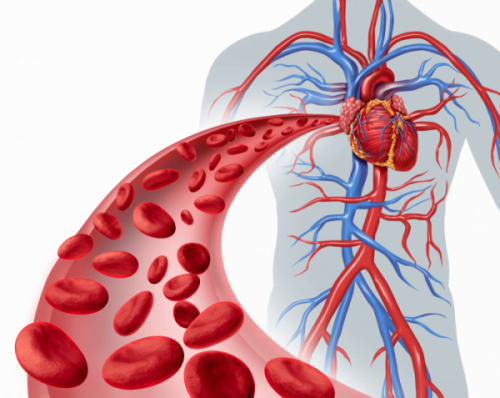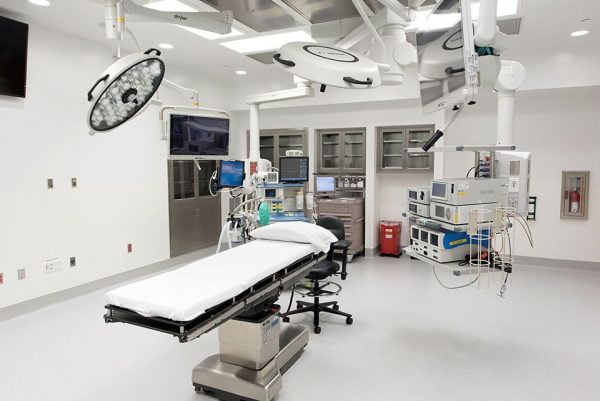ABOUT ANGIOGRAPHY
Angiography, which may also be referred to as arteriography or angiogram, is a procedure performed to examine the inside of blood vessels, arteries, and veins through the use of images X-ray images.
The procedure is commonly performed to view the blood flow through the heart, brain, lungs, legs, and arms. It is performed to assess if there is a defect with the blood, to establish a source of bleeding, and to check for changes in the blood flow.
Angiography can help to make a diagnosis for certain conditions or can help to establish the best treatment plan, by making it clearer to understand certain conditions. The procedure can be performed by a radiologist, surgeon or cardiologist.
Recommended for
- Patients with heart conditions
- Suspected heart problems
- Detecting weakness in any of the major blood vessels
TIME REQUIREMENTS
- Number of days in hospital: 1.
Overnight stay not required.
- Average length of stay abroad: 1 – 2 days.
- Number of trips abroad needed: 1.

COMPARE ANGIOGRAPHY PRICES AROUND THE WORLD
| Country | Cost |
|---|---|
| United Arab Emirates | 2461€ |
| United States | 1010€ |
| Mexico | 895€ |
HOW TO FIND QUALITY TREATMENT ABROAD
BEFORE ANGIOGRAPHY ABROAD
Before the procedure, it is necessary to fast for between 4 and 8 hours, as directed by the doctor.
Patients should also abstain from taking aspirin and smoking for the days leading up to the procedure.
HOW IS IT PERFORMED
A catheter is usually inserted into the groin, and before the procedure begins, the area will be cleaned and shaved. However, it can also be placed in the arm, depending on each patient. The patient will lie on an X-ray table and be given a local anesthetic. In order to get accurate images, a strap may be used to keep the patient still.
The catheter is then inserted into the groin or arm and guided through the blood vessel. A dye is passed through the catheter and into the blood vessel. Once the dye has spread, the area will be X-rayed. Multiple images will be taken and the patient will need to lie very still during the procedure.
Once the images have been taken, the catheter is removed and pressure is applied to the area in order to stop it from bleeding. The area is then bandaged and pain medication may be given to the patient.
Materials
Iodine dye.
Anesthesia
Local anesthetic.
Procedure duration
The Angiography takes 1 to 3 hours.

WHAT TO EXPECT AFTER ANGIOGRAPHY
Post procedure care
The insertion site will be dressed after the procedure to minimize any bleeding. Patients should rest afterwards as they may experience pain and tenderness in the area where the catheter was inserted.
Possible discomfort
A small amount of tenderness and bruising at the insertion site is normal.
IMPORTANT THINGS TO KNOW ABOUT ANGIOGRAPHY
Not recommended for
- Patients with an allergy to iodine
- Pregnant women
Potential risks
- Infection
- Clotting
- Bleeding
- Damage to the blood vessels
- Kidney damage









